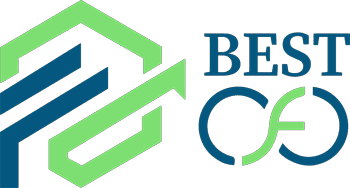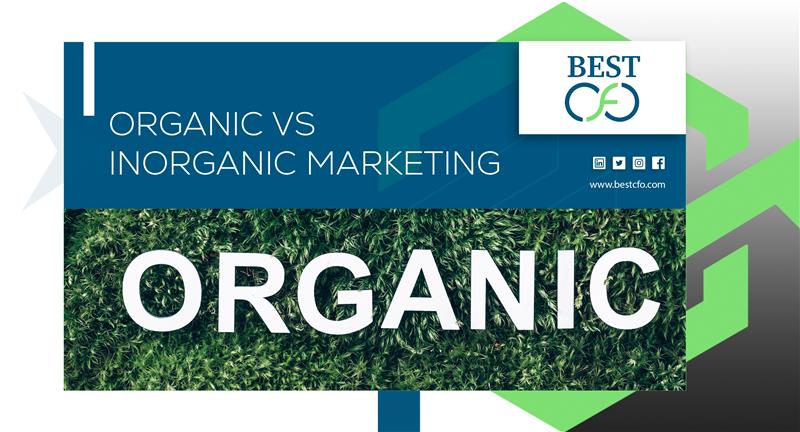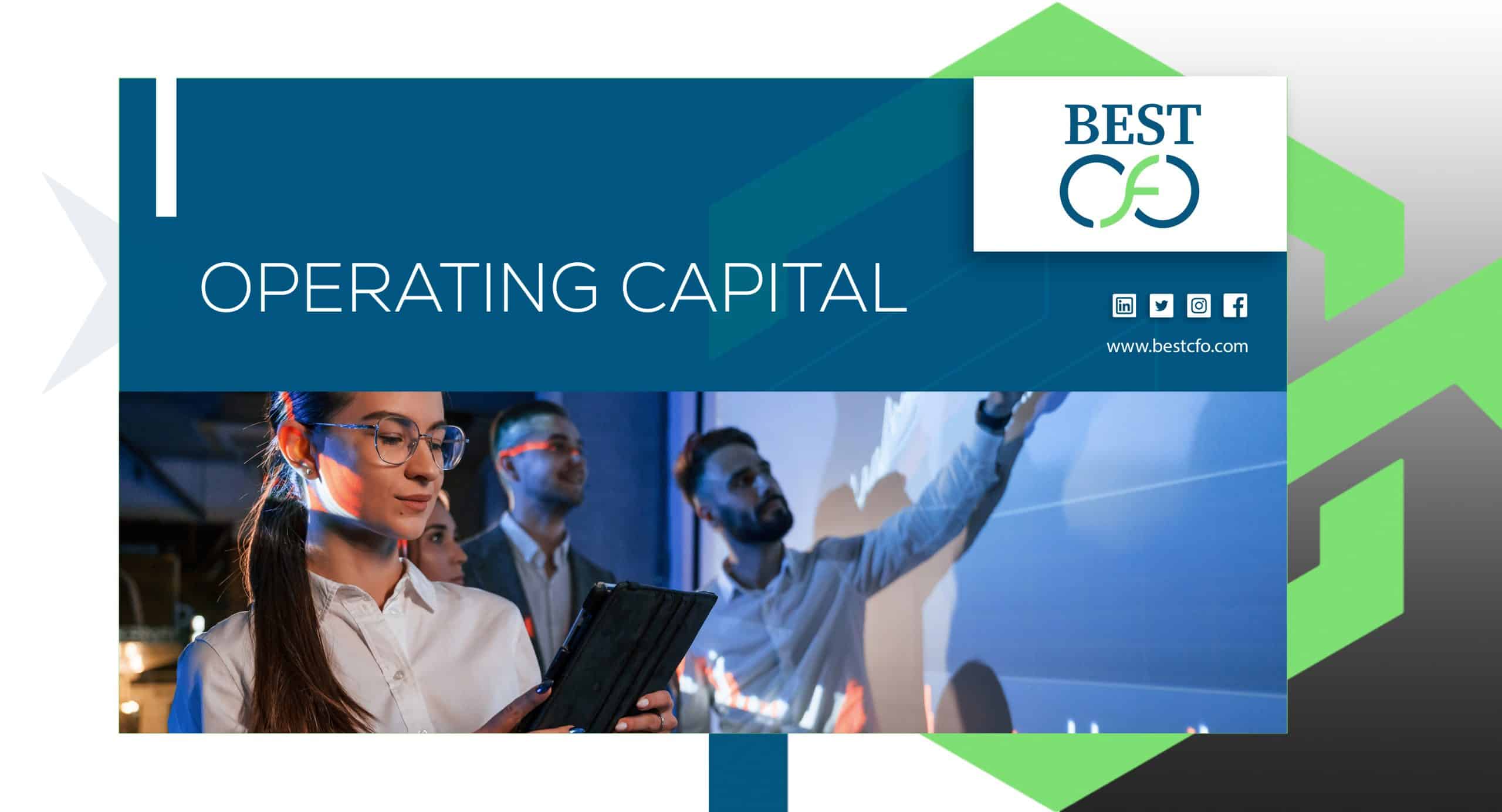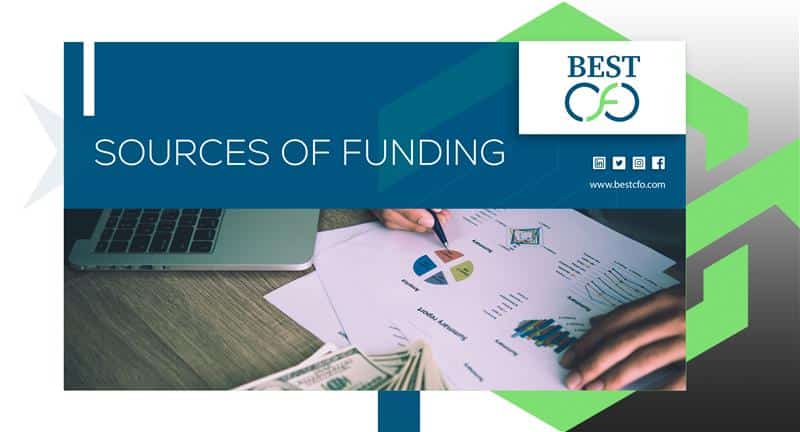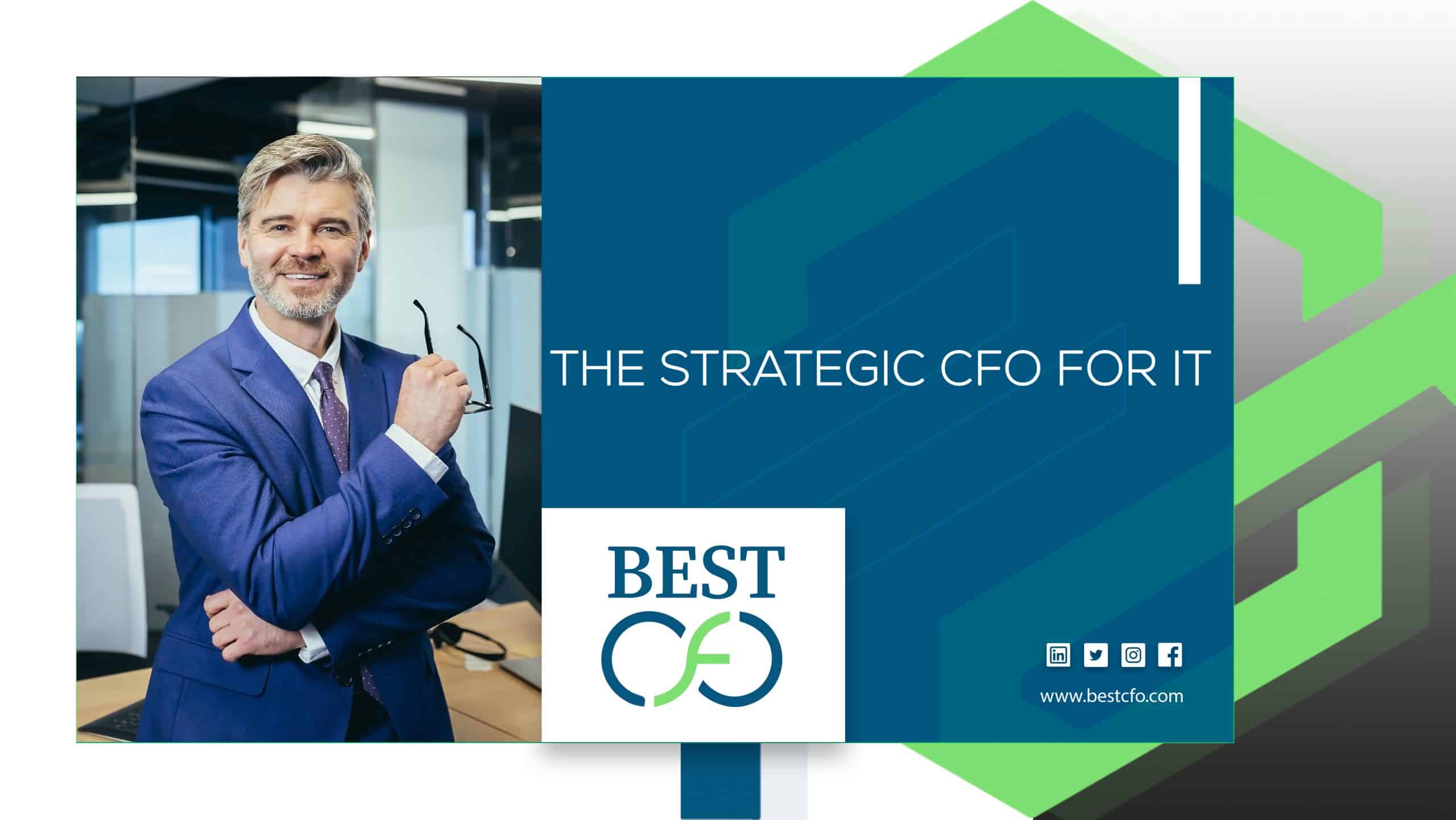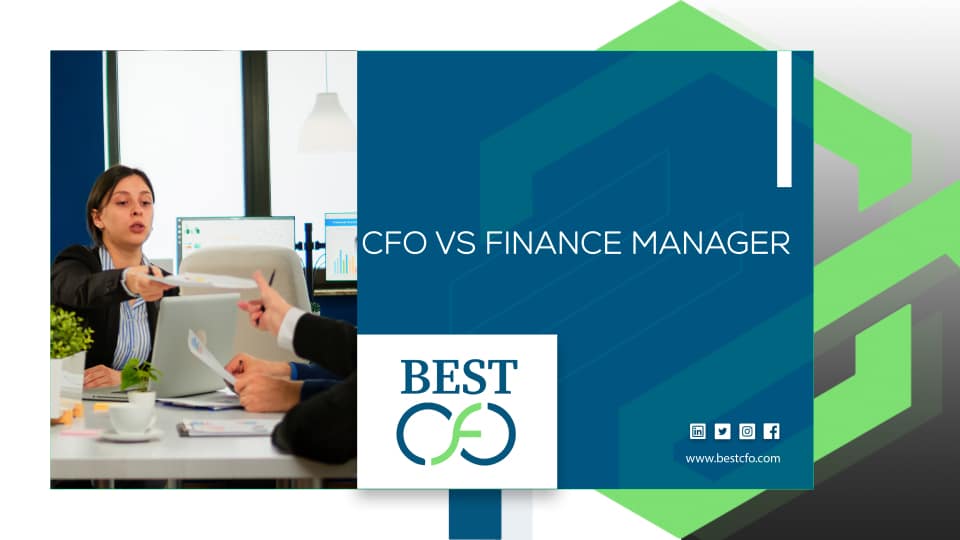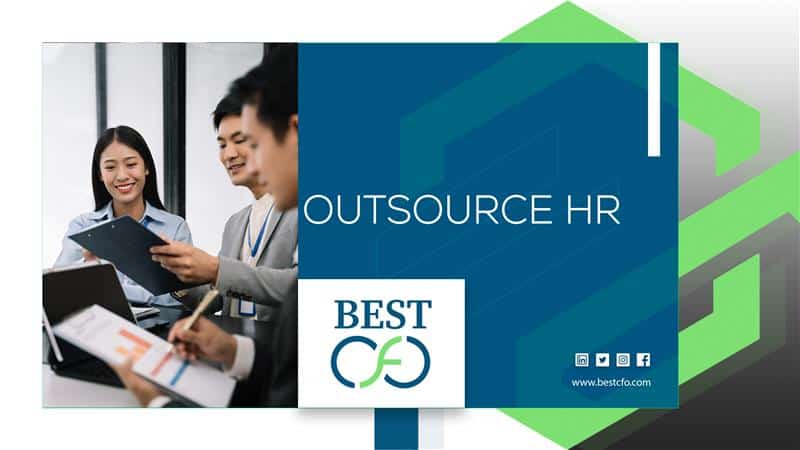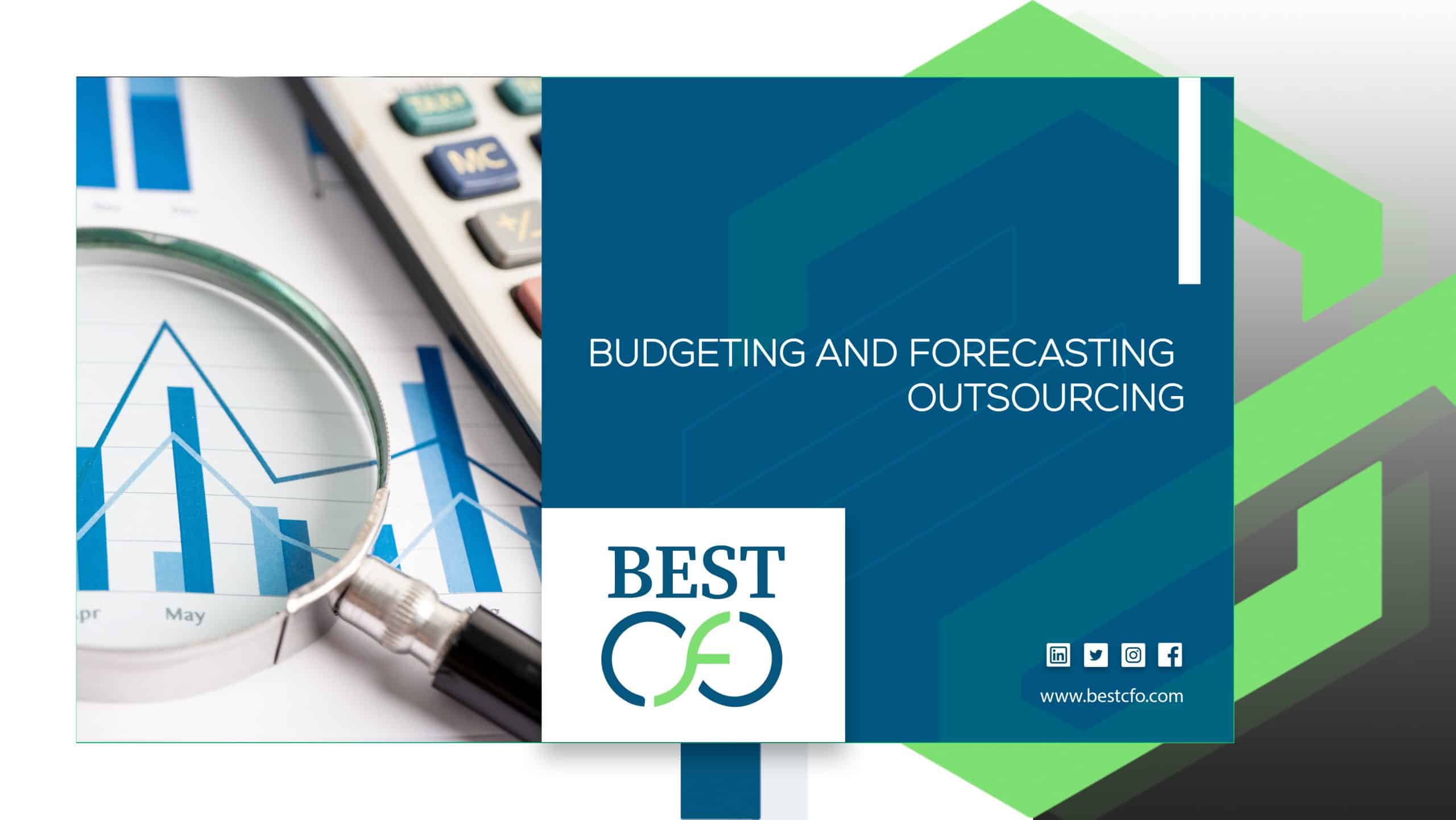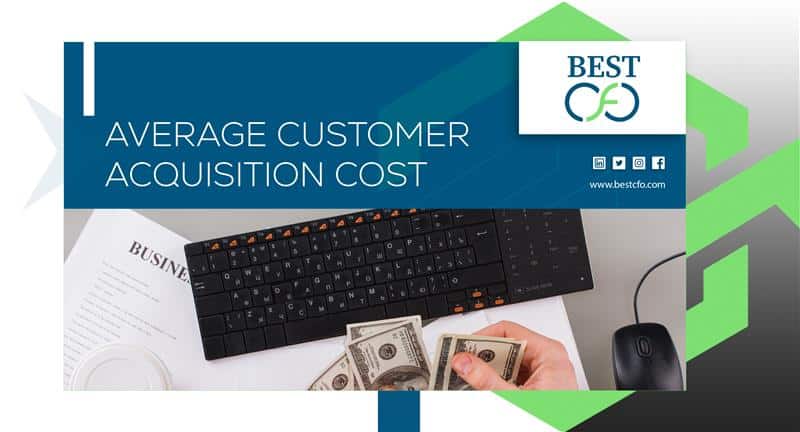
| Getting your Trinity Audio player ready... |
What’s the True Average Customer Acquisition Cost in 2025?
In 2025, businesses are spending nearly 40% more to get new customers than they did just two years ago. Whether you run a growing startup or manage a large company, this jump in customer acquisition cost (CAC) could hit your bottom line hard if you’re not ready for it.
So, what is CAC? It’s the total cost of gaining a new customer—adding up everything from advertising to your sales team’s salaries. It’s one of the most important performance indicators for any business. Why? Because it tells you if your marketing strategy is working or wasting money.
In this blog, we’ll break down what CAC looks like in 2025, why it’s rising, and what you can do to manage it smartly. You’ll learn how industries compare, what trends are shaping CAC, and easy steps to lower your costs without hurting growth.
Understanding CAC – The Basics
Let’s start simple: Customer Acquisition Cost (CAC) is what you pay to turn someone into a paying customer.
Here’s the formula:
CAC = Total Sales & Marketing Costs / Number of New Customers
If your company spent $50,000 on advertising, sales tools, and employee salaries in a month—and brought in 500 new customers—your CAC would be $100.
What goes into that “total cost”?
- Advertising: Think Google Ads, Meta Ads, TikTok promotions, and more.
- Salaries: Sales reps, marketers, and customer relationship management staff.
- Tools & Software: CRM platforms, enterprise resource planning tools, analytics dashboards.
- Overhead: Office space, equipment, technology, and even training costs.
Knowing your CAC helps you set a smarter budget, plan for the future, and make better decisions on where to invest.
Why Customer Acquisition Cost Matters in 2025
CAC isn’t just a number on a spreadsheet—it directly affects how much money your company makes. In 2025, this number is even more important because of a few key reasons:
- Inflation and ad saturation: Prices for digital marketing and paid ads have jumped as more brands fight for online visibility. Advertising agencies now charge more for the same clicks you got for less in the past.
- AI in marketing: While AI can help lower CAC in the long run, the upfront cost of tools and training is high.
- Profitability pressure: Investors, especially in the private sector, want proof that businesses can grow without overspending. The go-to rule? Keep your Customer Lifetime Value (LTV) at least 3x your CAC. That’s how you stay profitable.
CAC vs. Average Customer Acquisition Cost
There’s a big difference between CAC and Average Customer Acquisition Cost:
- Customer Acquisition Cost looks at one campaign or channel (like how much one Facebook ad costs to bring in one customer).
- Average Customer Acquisition Cost includes the total cost across all marketing channels and time periods.
Tracking your average CAC helps you benchmark performance over time and compare with other businesses in your field. It also helps in forecasting and strategic planning.
Industry-Specific CAC Benchmarks
Now, let’s look at how CAC differs across industries in 2025.
B2B Sectors
If you work in Business-to-Business (B2B) industries, CAC tends to be higher because the buying process is longer and more complex.
Highest CACs:
- Legal Services: $1,150–$1,300
- Higher Education: $1,424
- Fintech SaaS: $1,450
These high numbers reflect the cost of targeted advertising, sales staff, and long decision-making timelines.
Lowest CACs:
- eCommerce SaaS: $274
- Construction: $281
- B2B SaaS: $239
Why lower? More organic traffic, shorter sales cycles, and better automation tools in these industries.
B2C Sectors
Business-to-Consumer (B2C) companies usually see smaller CACs, but the volume is higher.
E-commerce:
- Food & Drink: $53
- Jewelry: $91
Healthcare:
- Telehealth: $15
- Medical Devices: $200+
Entertainment:
- Organic Channels: $82
- Paid Channels: $106
These numbers show how much content marketing, influencer marketing, and social media play a role in controlling or raising CAC.
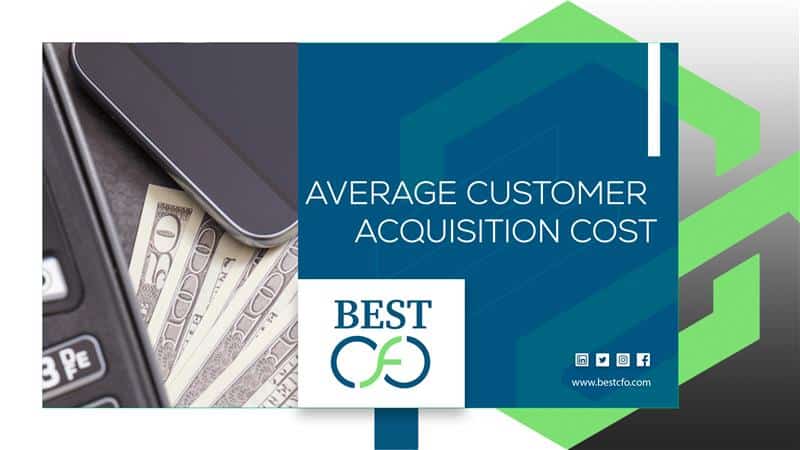
Key Variations
- Paid vs. Organic: In industries like Legal Services, paid CAC is 2–3x higher than organic CAC. That’s where SEO and good content can help.
- Regional Differences: On the U.S. West Coast, CAC is 15–25% higher than in the Midwest due to higher salaries, advertising costs, and competition.
2025 Trends Driving Customer Acquisition Cost
Here are 2025 trends driving CAC:
AI and Automation
AI is becoming a game-changer in marketing channels. Tools now help brands:
- Personalize emails
- Target better ads
- Test content faster with generative AI
By making campaigns more efficient, AI lowers CAC—but only after some upfront investment in training and tools.
Channel Diversification
Your customers are everywhere—and so are ads.
- Meta Ads: Still a top player, especially for e-commerce, but costs are rising.
- TikTok Ads: Fast growth among Gen Z and Millennials, but CAC is unpredictable.
- SEO and Content Marketing: Slower return, but a great way to lower long-term CAC.
Smart lead management means picking the right marketing channel for your target audience—not just following trends.
Retention Over Acquisition
Many brands are focusing more on customer retention than just acquisition. Why?
- It’s cheaper to keep a happy customer than to find a new one.
- Onboarding, loyalty programs, and email marketing are now major tools in managing CAC.
How to Reduce Customer Acquisition Cost in 2025
It’s not just about spending less. It’s about spending smarter.
Data-Driven Optimization
Use analytics to see which campaigns actually bring results.
- Try A/B testing on your landing pages
- Use tools like Google Analytics or dashboards to track performance
- Cut channels that don’t boost return on investment
Improve Conversion Rates
- Make the checkout process easier on your website
- Simplify onboarding for new users in SaaS or apps
- Build trust with testimonials, reviews, and smooth customer service
Leverage Low-Cost Channels
Try more affordable options like:
- Referral marketing
- Micro-influencers with niche audiences
- Organic content on Reddit, Discord, or YouTube
Hyper-Personalization
Use first-party data to create messages that feel personal.
- Personalized subject lines in emails
- Product suggestions based on browsing behavior
- Retargeted ads based on previous clicks
This kind of messaging can lower your CAC by increasing conversions without more ad spend.
Conclusion
So what’s the true Average Customer Acquisition Cost in 2025? It depends on your industry, strategy, and tools. But across the board, costs are up—and businesses need to work smarter to manage them.
From understanding the formula, comparing industry benchmarks, watching new trends, and using data, there’s plenty you can do to control your CAC. Whether you’re a small startup company or a growing brand in streaming media, CAC is a number you can’t afford to ignore.
Want more tips on boosting your gross margin, improving efficiency, and leveling up your financial planning? Best CFO can help you make smarter decisions across every part of your business.
FAQs
1: What is a good Average Customer Acquisition Cost in 2025?
It depends on your industry. For eCommerce, under $100 is great. For B2B SaaS or legal services, expect over $1,000. Always compare it with your Customer Lifetime Value (aim for 3:1).
2: How do I lower my CAC without cutting my budget?
Focus on improving conversion rates, using SEO, and building loyalty programs. Sometimes better content or cleaner landing pages can boost results without spending more.
3: Why is CAC rising so fast?
More brands are spending on online advertising, and new tools like AI need training. Inflation and global market changes also raise the cost of ads, salaries, and software.
4: What role does AI play in managing CAC?
AI helps with targeted advertising, tracking user experience, and testing what works. Over time, it can help lower CAC through better decision-making and faster insights.
5: Should startups focus on CAC early?
Absolutely. CAC is a key business process metric and helps you attract the right investors. Track it from day one using simple formulas and affordable analytics tools.
Related Posts
Organic vs Inorganic Marketing: Pros, Cons, and Best Use Cases
Organic vs Inorganic Marketing: Pros, Cons, and Best Use Cases When it comes to growing…
What Is Operating Capital and Why Is It Important?
What Is Operating Capital and Why Is It Important? Are you ready to dive into…
How to Scale a SaaS Business Without Losing Your Customers?
What Are the 5 Sources of Funding? So, you’ve got the dream. The vision. The…
What Are the 5 Sources of Funding?
What Are the 5 Sources of Funding? So, you’ve got the dream. The vision. The…
 Demos
Demos  Colors
Colors  Docs
Docs  Support
Support 
